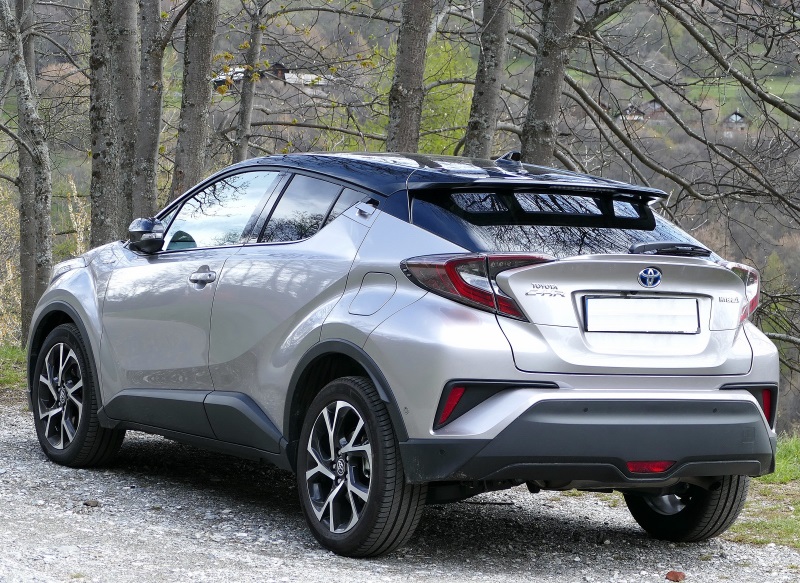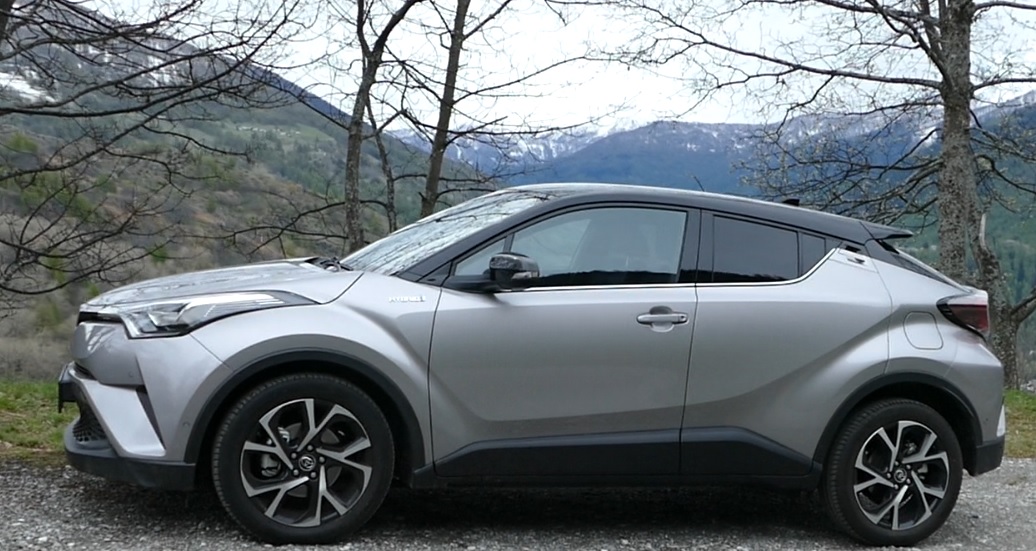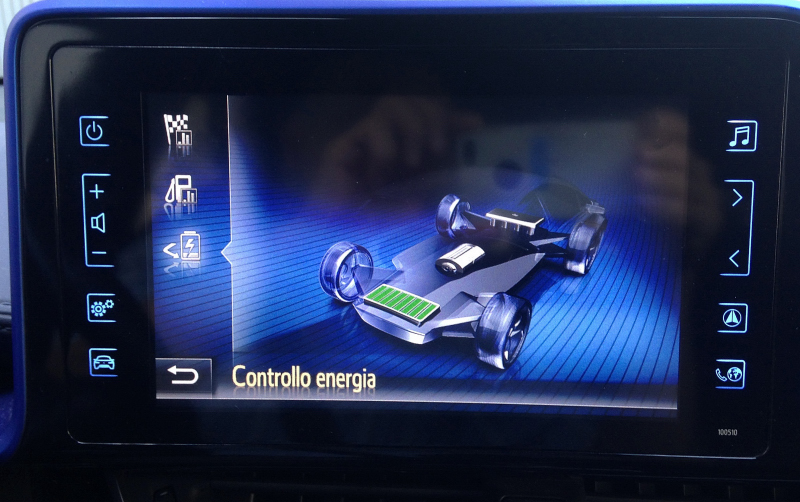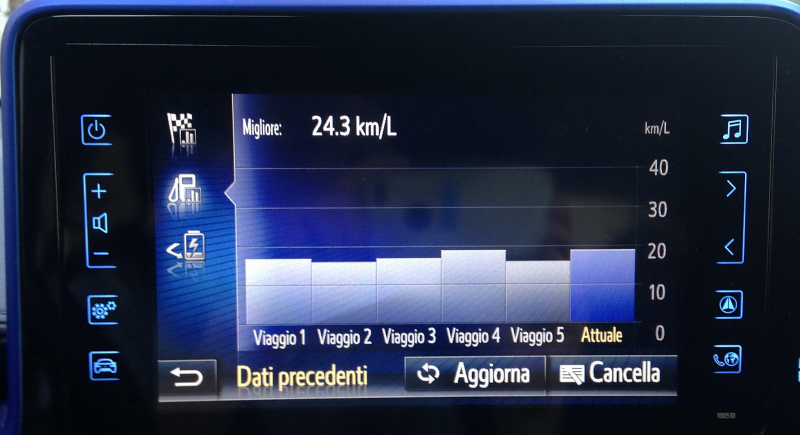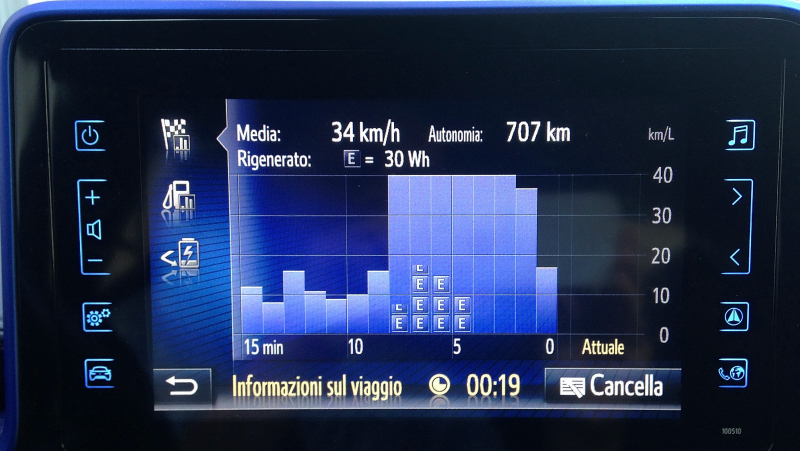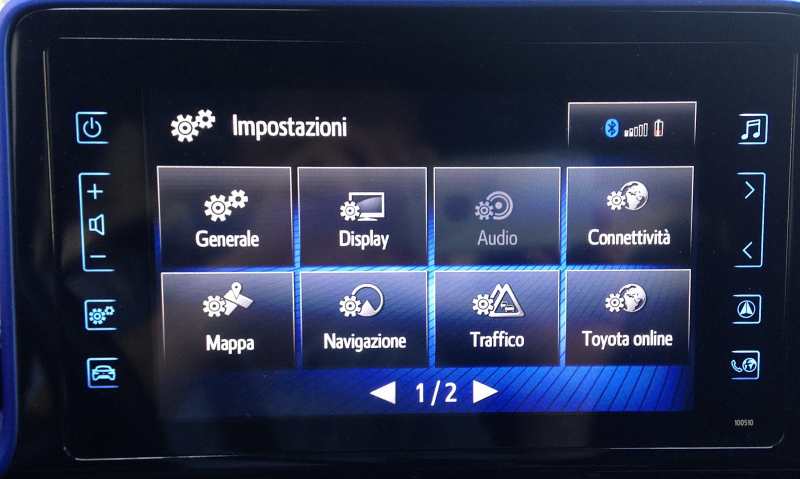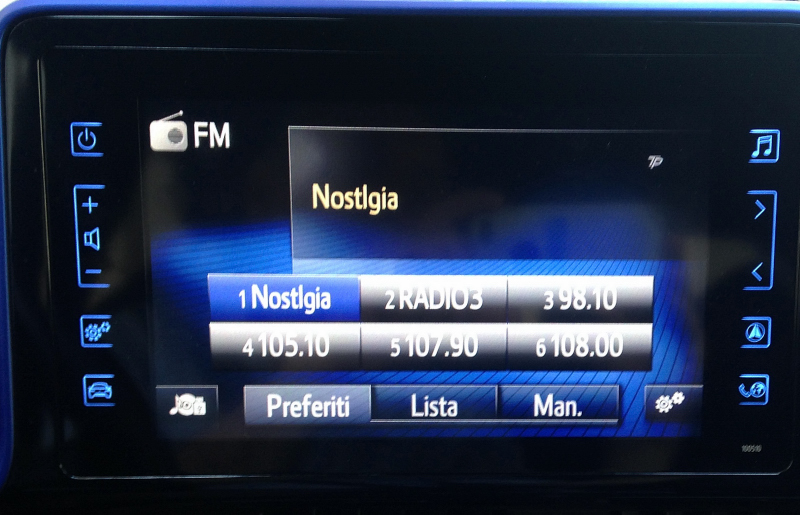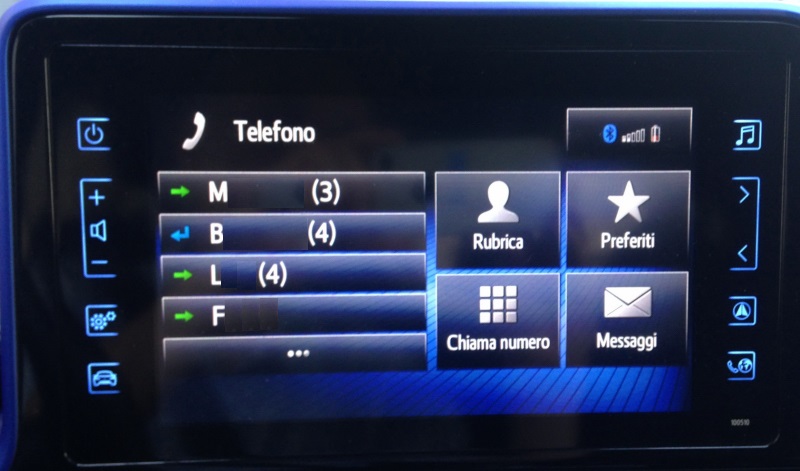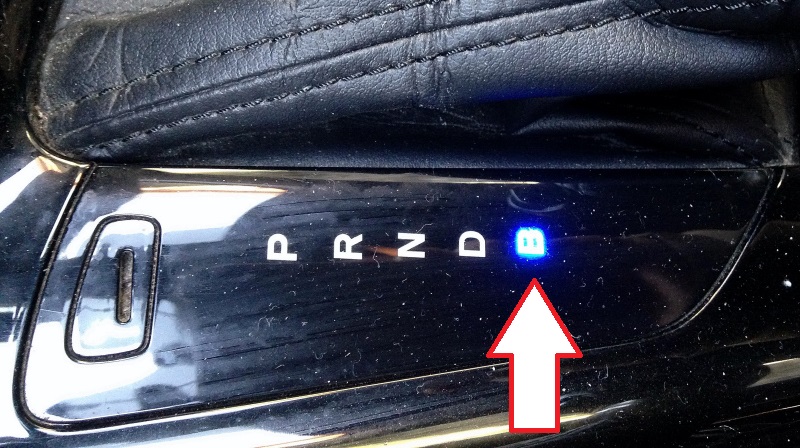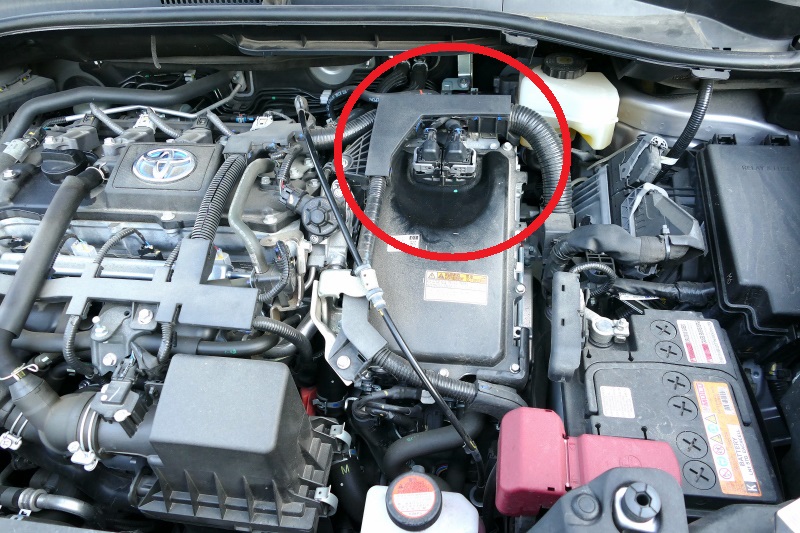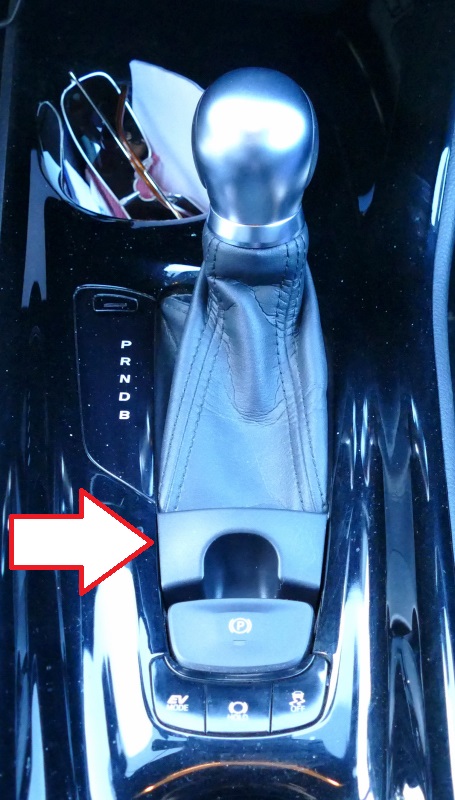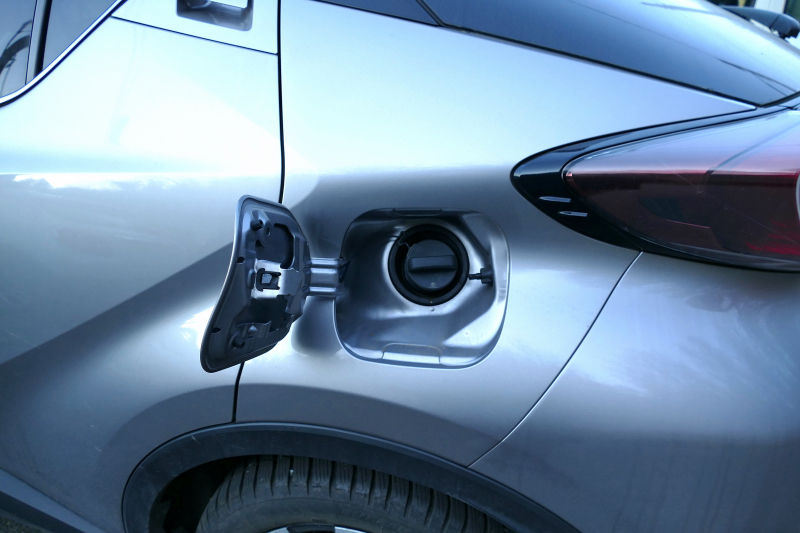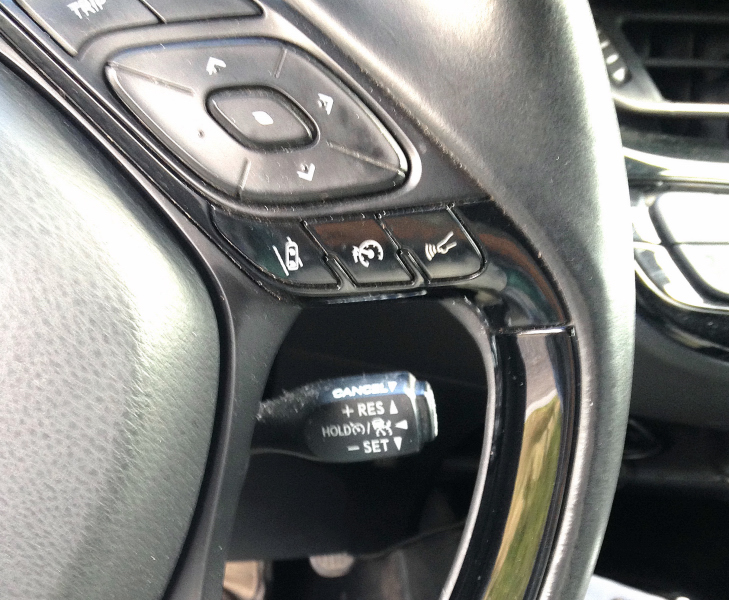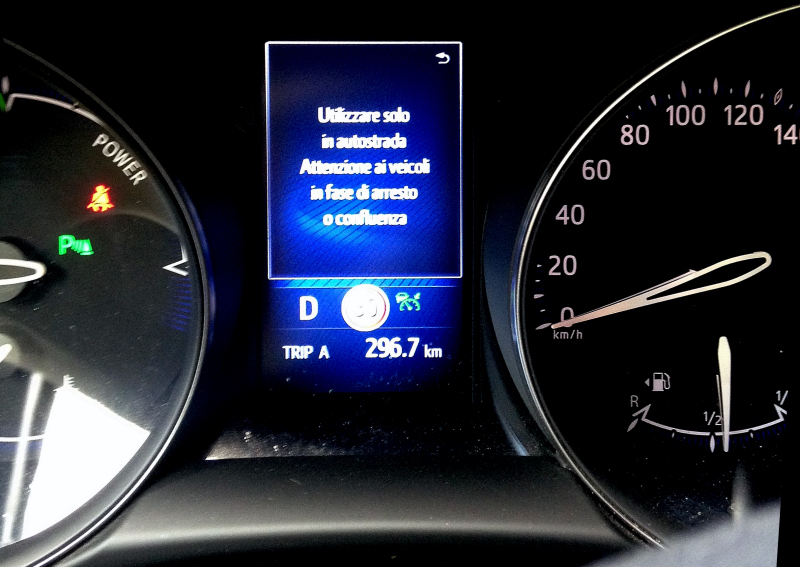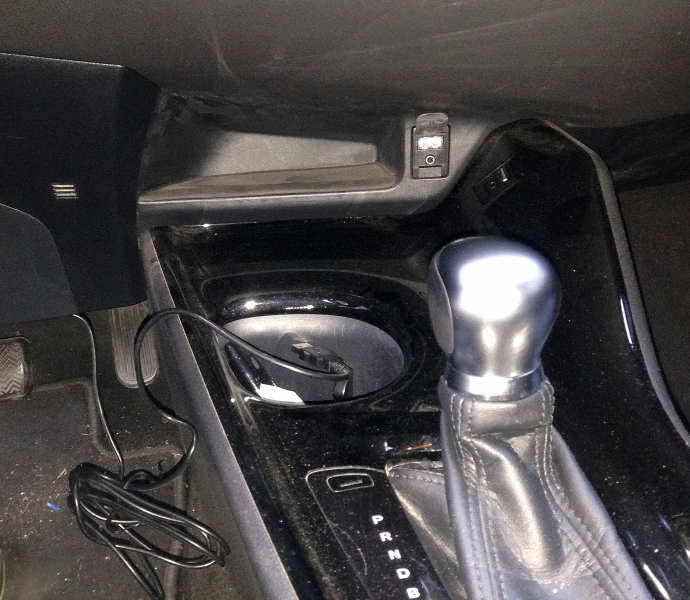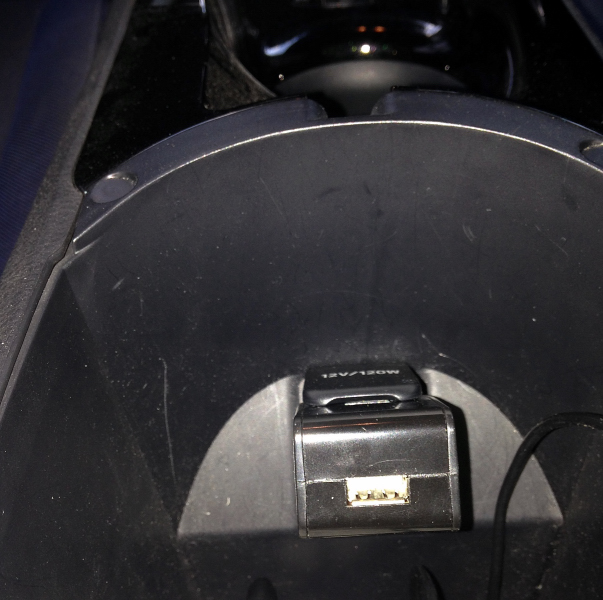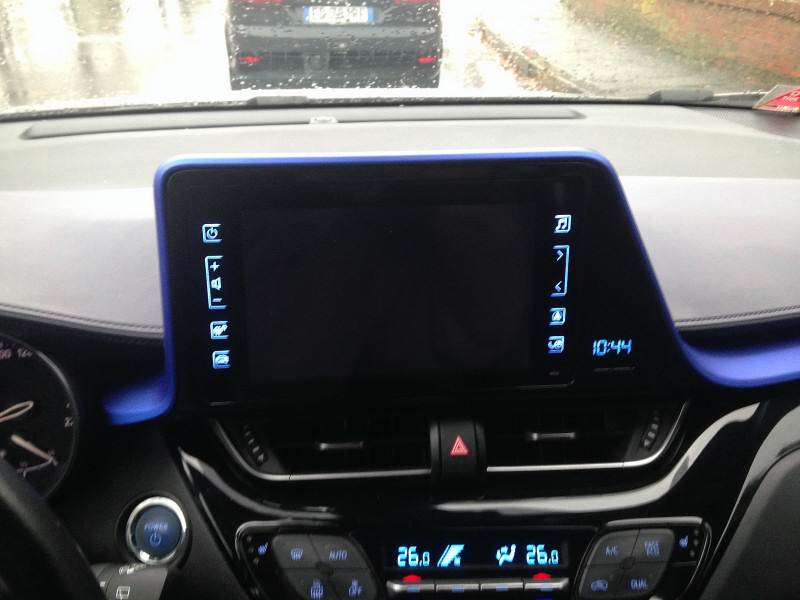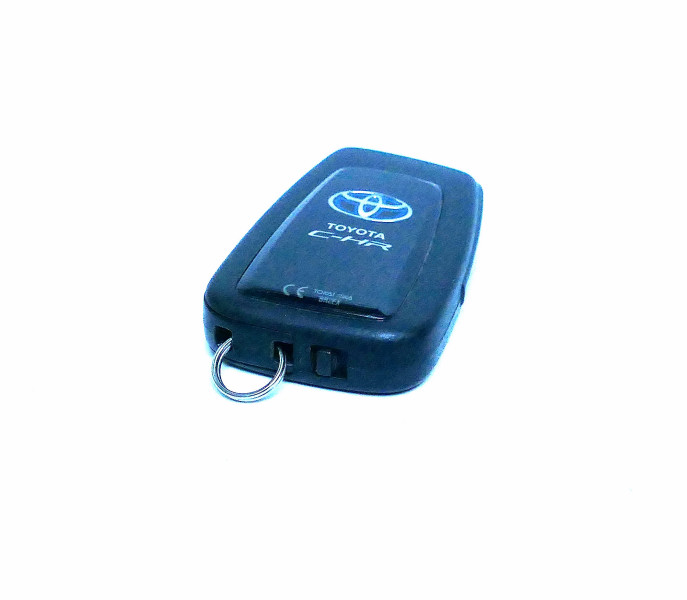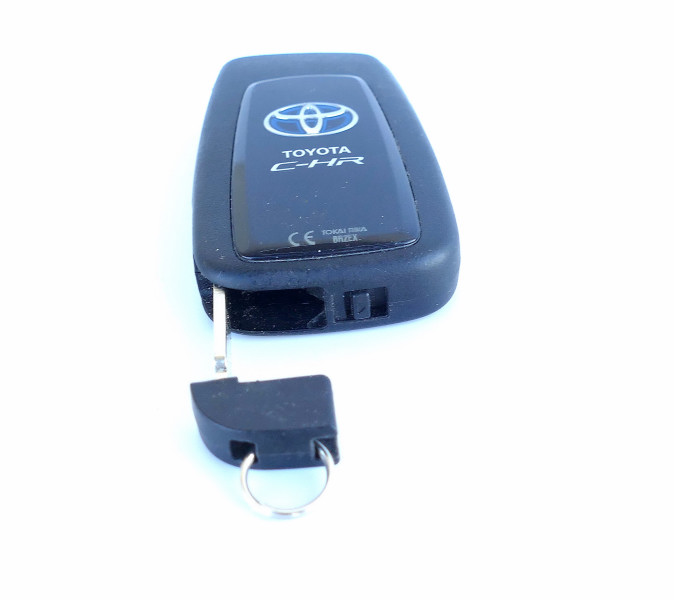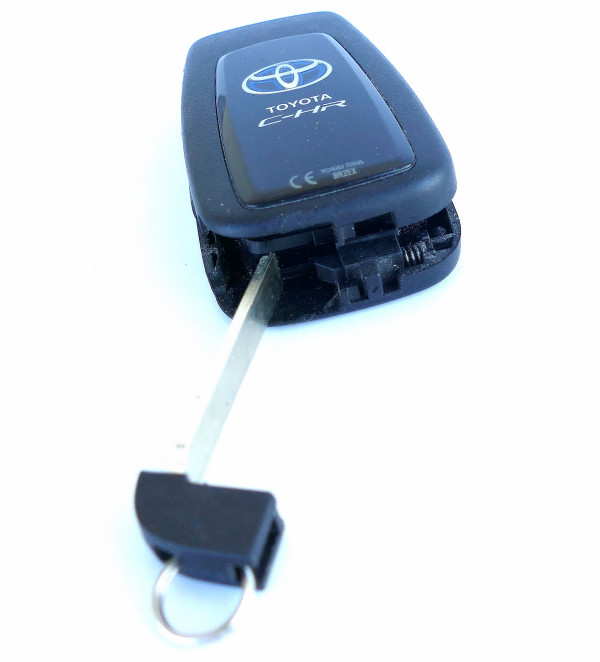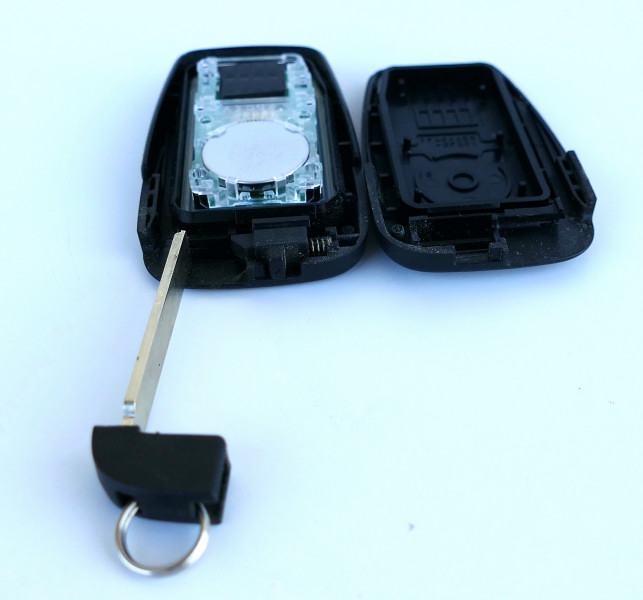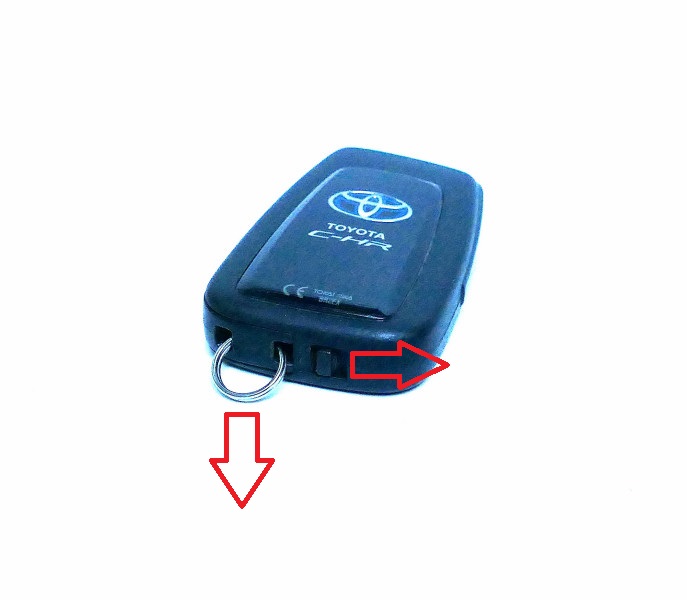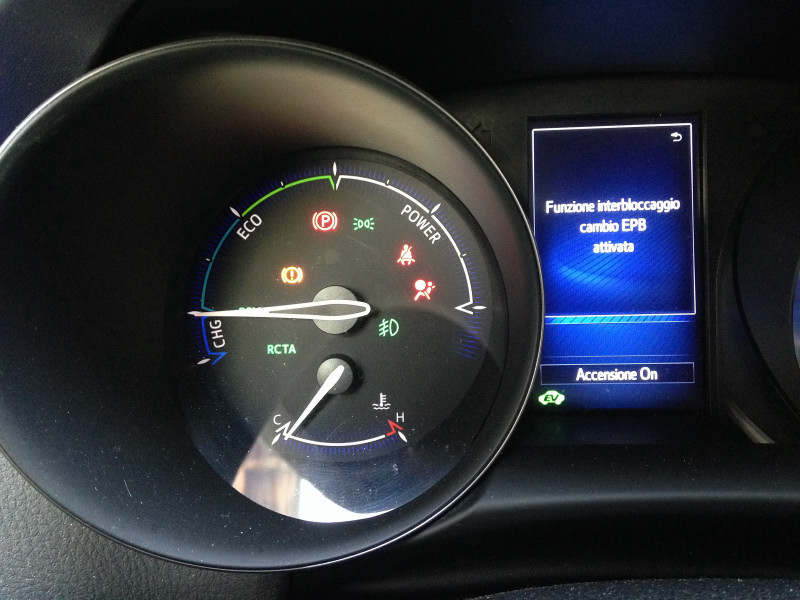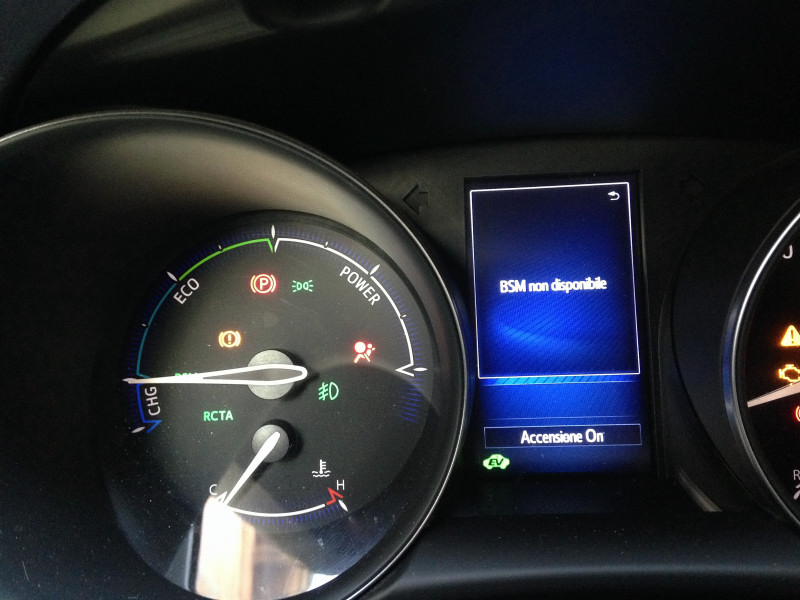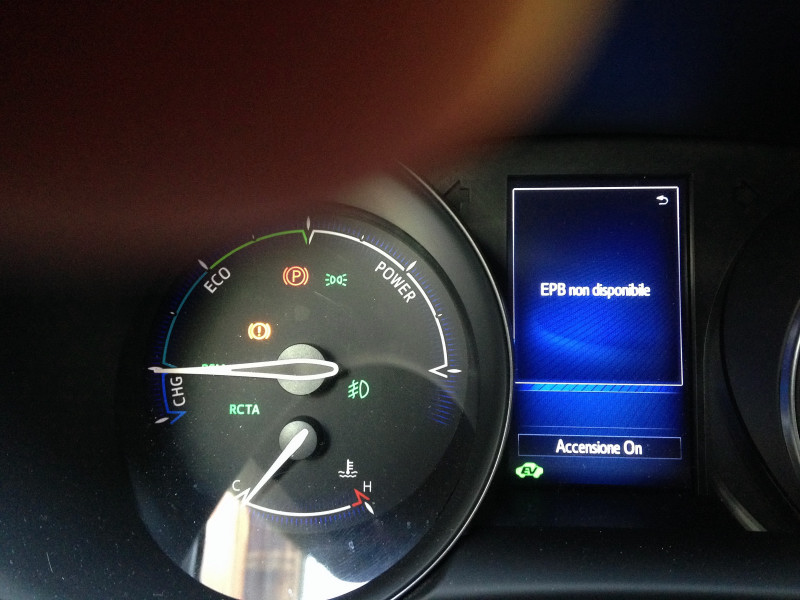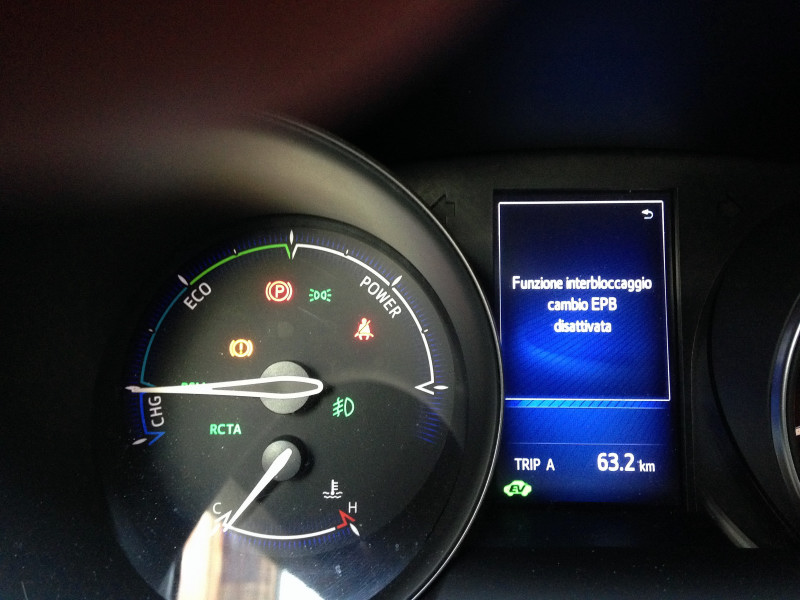![]() C-HR Hybrid
C-HR Hybrid
Rating : 9
Also read the full review with all the weird stuff from 2017:
Toyota C-HR Hybrid. Review. Goods, faults and solutions!
14 pts from FRanier
| Evaluate | Where is this found? |
| "Toyota C-HR. Gear B. Advantages and" about C-HR Hybrid by AColumn (9336 pt) | 2024-Dec-13 10:15 |
Review: Toyota C-HR Gear BIntroduction:Normally, those who drive an automatic transmission car use the D gear on flat roads, downhill, and uphill. The D gear is a joker that makes driving easier since ...
| Read the full Tiiip | (Send your comment) |
| "Toyota C-HR. The tire pressure ligh" about C-HR Hybrid Review Consensus 10 by Al222 (20702 pt) | 2024-Dec-04 15:59 |
Toyota C-HR. The tire pressure light blinkingThe tire pressure light turns on when the pressure is insufficient. But when the light flashes for 1 minute and then stays on, sadly means that the RF tran ...
| Read the full Tiiip | (Send your comment) |
| "Tiiips and Toyota C-HR" about C-HR Hybrid Review Consensus 8 by Handy23 (4274 pt) | 2024-Dec-04 16:00 |
The best review I have read so far is the one a user has written on Tiiips in blog form, which starts from the date of purchase and continues over the years with a chronicle of the problems but also t ...
| Read the full Tiiip | (Send your comment) |
| "Toyota C-HR, EPB or BSM error" about C-HR Hybrid Review Consensus 16 by Ark90 (12432 pt) | 2023-Jan-03 10:52 |
Toyota C-HR, EPB or BSM errorWhen an EPB error appears on the dashboard of the Toyota C-HR, the car is blocked, power steering does not work, the car will not start.Message: EPB shift interl ...
| Read the full Tiiip | (Send your comment) |
| "Toyota C-HR Replace battery remote " about C-HR Hybrid Review Consensus 18 by Ark90 (12432 pt) | 2025-Mar-27 15:45 |
Toyota C-HR Replace remote control batteryWhen the battery of the Toyota C-HR key/remote control is low, a message on the cockpit display warns.It is a good idea to change it immediately because there ...
| Read the full Tiiip | (Send your comment) |
| "Toyota C-HR PCS error" about C-HR Hybrid Review Consensus 23 by Handy23 (4274 pt) | 2024-Dec-04 16:03 |
Toyota C-HR PCS errorThe pre-collision system (PCS) uses a camera and laser sensors to detect the presence of vehicles in front of the car and helps to avoid or reduce the amount of collisions.The&nbs ...
| Read the full Tiiip | (Send your comment) |
| "Toyota C-HR: the display does not l" about C-HR Hybrid Review Consensus 16 by Handy23 (4274 pt) | 2024-Dec-04 16:04 |
Toyota C-HR: the display does not light up. Sometimes when I start the Toyota C-HR the display does not light up.It's happened to me several times before.Solution: Simply engage reverse ...
| Read the full Tiiip | (Send your comment) |
Read other Tiiips about this object in __Italiano (16)
Brand: Number of Seats: Front Wheel Drive: Engine Capacity: Max speed: CO2 Emissions: 86-87 Fuel consumption - urban: 29,4 Fuel consumption - combined: 26,3 Car Accessories: Last update: 2017-12-25 17:17:43 | Doors: Type: Engine Type: Power: Emission standard: Luggage capacity: 377 Fuel consumption - extra urban: 24,4 Tank lt: 43 Weight kg: |


